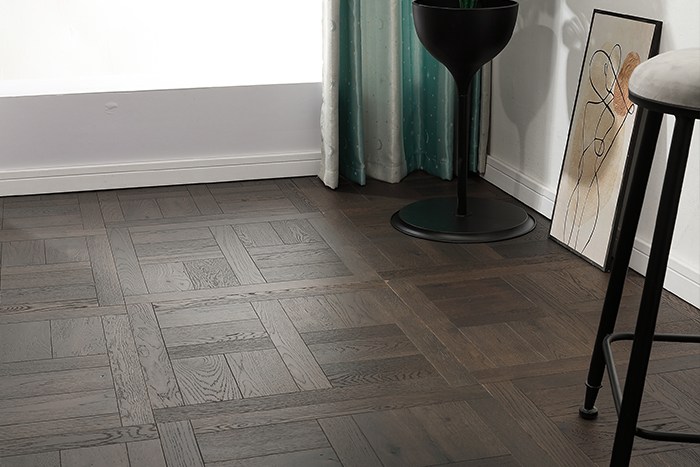
Sole proprietorships are one of the most common forms of business ownership. They offer simplicity, flexibility, and control to entrepreneurs. However, one question that often arises is: how many owners does a sole proprietorship have? In this comprehensive blog post, we will delve into the intricacies of sole proprietorships, exploring their ownership structure, legal implications, and the factors that determine the number of owners. By the end, you will have a clear understanding of this fundamental aspect of sole proprietorships.
- Defining a Sole Proprietorship:
To comprehend the number of owners in a sole proprietorship, we must first understand its nature. A sole proprietorship is a business entity owned and operated by a single individual. Unlike other business structures, such as partnerships or corporations, there is no legal distinction between the owner and the business itself. This means that the owner assumes all liabilities and enjoys all profits. - The Sole Proprietor as the Sole Owner:
In a sole proprietorship, the owner is the sole proprietor. This means that there is only one individual who holds the ownership rights and responsibilities. Consequently, a sole proprietorship has a single owner, which distinguishes it from other business structures that allow for multiple owners. - The Role of Employees:
While a sole proprietorship may have only one owner, it can employ multiple individuals to assist in its operations. These employees play a crucial role in the business's success, but they are not considered owners. Instead, they are hired by the sole proprietor to perform specific tasks and responsibilities. - Legal and Tax Implications:
Understanding the number of owners in a sole proprietorship is essential for legal and tax purposes. As the sole owner, the proprietor is personally liable for all debts and obligations of the business. Additionally, the owner reports business income and expenses on their personal tax return, as there is no separate legal entity for the business. - Factors Influencing the Number of Owners:
While a sole proprietorship typically has only one owner, certain factors can influence this structure. For instance, if the business expands and requires additional capital or expertise, the owner may choose to bring in partners or convert the sole proprietorship into a different business entity. However, such changes would alter the fundamental nature of a sole proprietorship.
Conclusion:
In conclusion, a sole proprietorship has a unique ownership structure, with only one individual serving as the owner. This individual assumes all responsibilities and liabilities associated with the business. While employees play a vital role in the operations, they are not considered owners. Understanding the number of owners in a sole proprietorship is crucial for legal, tax, and decision-making purposes. By grasping this concept, entrepreneurs can make informed choices about their business structure and ensure compliance with relevant regulations. So, whether you are considering starting a sole proprietorship or simply seeking to expand your knowledge, remember that in this business structure, it's all about the sole owner.

